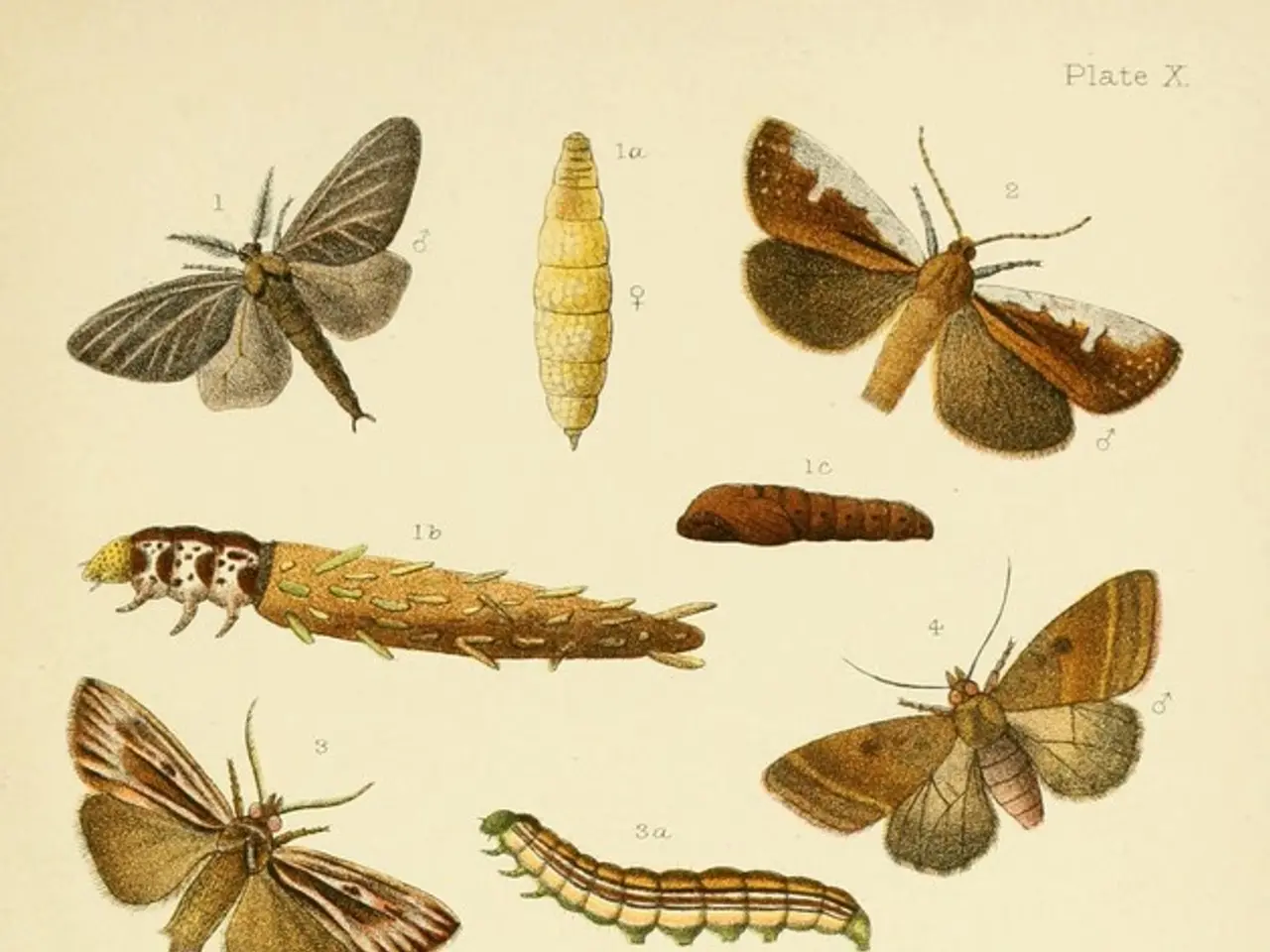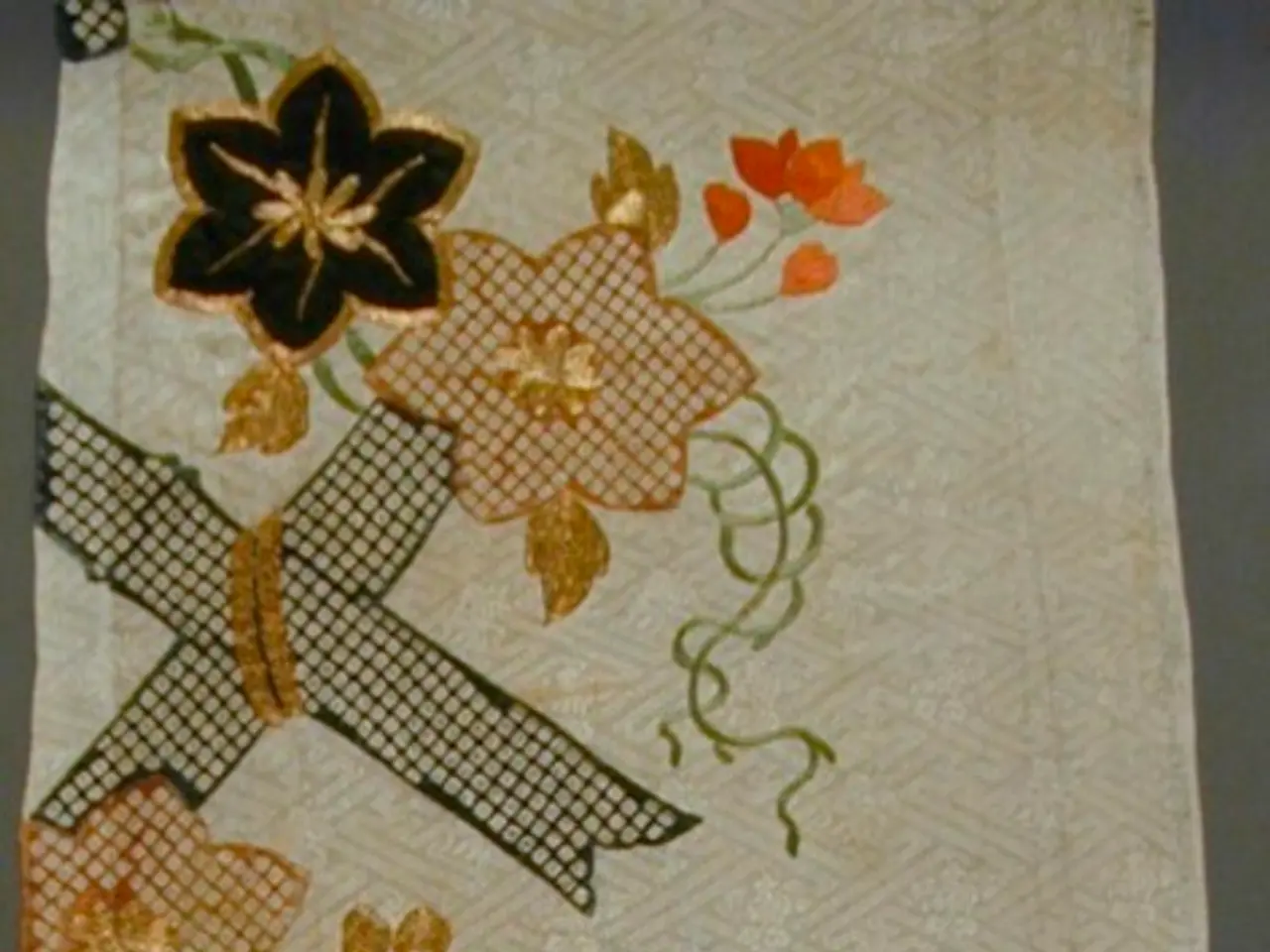- Practical Solutions for Wasp Control
Living Harmoniously with Wasps: A Guide for Coexistence
Wasps, often viewed as unwelcome guests, play a crucial role in our ecosystem. They are not just aggressive pests, but valuable helpers, feeding on flies, mosquitoes, caterpillars, and other small animals to nourish their larvae [1]. In Germany, all native wasp species are protected by law [2].
To safely coexist with wasps and avoid stings, it is essential to understand their behavior and take preventive measures that minimize the chance of provoking them while respecting their ecological role.
Key Safety Measures
- Maintain distance from nests: Avoid approaching or disturbing wasp nests, as wasps are more aggressive when defending their colony. Identifying nests and steering clear reduces the risk of accidental stings [2].
- Avoid sudden movements: If a wasp approaches you, remain calm and move away slowly. Quick, jerky movements can be perceived as threatening and provoke stings [2].
- Manage wasp presence without elimination: Redirect their activity away from frequently used areas, such as butterfly zones or eating spaces. Techniques include planting clusters or using barriers like netting to protect certain zones [1].
- Use natural deterrents: Soap with eucalyptus has been suggested to help repel wasps in certain situations, like outdoor tanning areas, possibly because of its scent [4].
- Avoid attracting wasps: Keep food and sweet drinks covered outdoors as these attract wasps, and manage garbage well to reduce their interest.
- Professional help for nest removal: If nests are too close to human activities and pose a risk, seek professional pest control experts who can safely remove or manage nests to avoid aggressive responses [2].
- Create sheltered protected zones: For example, garden areas can be designed with tall grass or shrubs to provide safe spaces from wasps.
- Leftovers should be removed quickly, and children's hands and faces should be wiped to reduce the appeal to wasps.
- Avoid attracting wasps with scents: Perfume, creams, wood polish, or similar smells can attract wasps [3].
- Distract wasps with a piece of overripe fruit: This can help keep wasps away from food and drinks.
In case of a sting, it is advisable to press a halved onion onto the sting to help alleviate pain and swelling. Battery-operated sting healers that denature the insect venom can also minimize swelling and itching from wasp stings [5].
However, stings in the mouth or throat area must be treated immediately as they are medical emergencies. Spray should not be used when dealing with wasps [2]. Killing the animals or removing nests without permission is prohibited [2].
The BUND Hesse, a regional division of Bund für Umwelt und Naturschutz Deutschland (BUND), advises on how to deal with wasps properly. They suggest covering food and drinks outdoors to prevent attracting wasps [3].
By respecting wasps’ natural behavior and habitats, using avoidance and habitat modifications judiciously, and calling professionals for problematic nests rather than attempting DIY eradication, we can maintain the beneficial role wasps play in the ecosystem while reducing negative encounters and stings to humans [1][2].
References:
[1] NABU. (2021). Wasps: The Unsung Heroes of the Garden. Retrieved from https://www.nabu.de/wasps-the-unsung-heroes-of-the-garden
[2] BUND Hesse. (2021). How to Deal with Wasps Properly. Retrieved from https://www.bund-hessen.de/waspen-entschadigen
[3] BUND. (2021). Tips for Coexisting with Wasps. Retrieved from https://www.bund.net/waspen-leben-zusammen
[4] University of Reading. (2021). Eucalyptus Oil Repels Wasps. Retrieved from https://www.reading.ac.uk/news-events/press-releases/eucalyptus-oil-repels-wasps
[5] Mayo Clinic. (2021). Wasp Sting First Aid. Retrieved from https://www.mayoclinic.org/first-aid/first-aid-wasp-sting/basics/art-20056890
In adherence to the community policy that protects native wasp species, one should maintain a respectful coexistence with wasps, adopting a lifestyle that minimizes conflict. This can involve promoting outdoor-living spaces designed with shelter and green areas that cater to wasps, while implementing home-and-garden strategies, such as covering food and drinks to reduce attractants.




